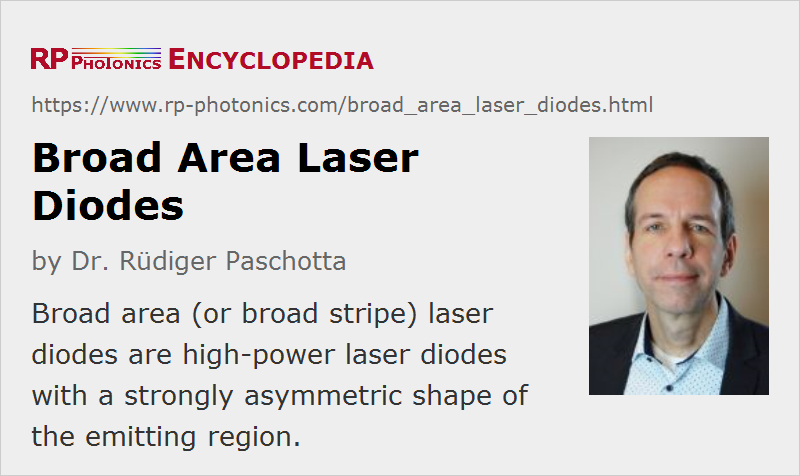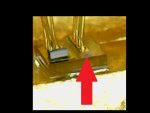The narrow part of the beam right out of your G2 is the aggressive axis and it overtakes the wider part of the beam straight out of your G2
You can even see it with a 3 element, just focus your laser to infinity and rotate your laser 90 degrees in the night sky, you will see that the narrow becomes wide and wide becomes narrow....well both are diverging and getting wider but you see the narrow overtake the wide, that's because what comes out of that tiny slot at the p/n junction in my pic above is a ( rapidly diverging ) ribbon and the thin part of that ribbon diverges a lot faster than the wide part, and it's that thin part that we use the c-lens pair to correct after using a G2 to get ahold of the whole thing which is all diverging rapidly, it's not at all like what comes out of a crystal, it's not at all a tem00 Gaussian beam, I wish it was.
---EDIT---
Yes the slow axis is the rapidly diverging axis in our case with these N brans diodes. IINM and I don't believe I am wrong but someone will disagree, they always do, but paul explained it and he has the laser bible book so I am going with that unless somehow I have it all screwed up, TERMINOLOGY WISE as far as shaping beams I have that, I do that, but this terminology debate has had me pulling hair as well.







